Can I Climb Kilimanjaro Without a Guide?
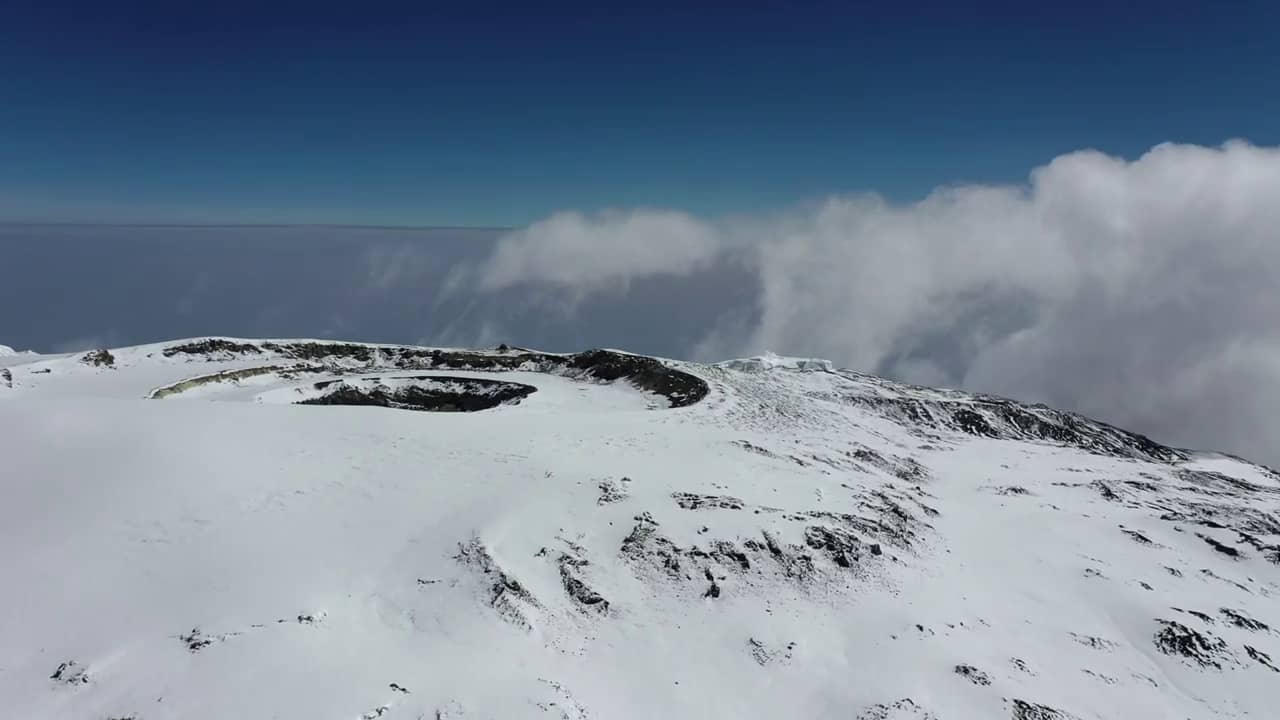
Are you an adventurous soul seeking to conquer the majestic Mount Kilimanjaro? If so, you might be wondering whether it is possible to undertake this awe-inspiring journey without the assistance of a guide. Mount Kilimanjaro, located in Tanzania, is the highest peak in Africa and an alluring challenge for hikers from around the globe. In this article, we will explore the considerations and factors involved in climbing Kilimanjaro without a guide.
Climbing Mount Kilimanjaro is a remarkable experience that requires careful planning, physical endurance, and mental fortitude. As the highest free-standing mountain in the world, reaching an elevation of 5,895 meters (19,341 feet), it poses significant challenges even for seasoned adventurers. While the allure of embarking on this adventure independently may be strong, it is essential to evaluate the risks and benefits associated with climbing without a guide.
Understanding Mount Kilimanjaro
Mount Kilimanjaro is a dormant volcano and one of the renowned “Seven Summits.” It offers a variety of routes, each with its own unique characteristics, landscapes, and difficulty levels. The mountain attracts thousands of climbers annually, seeking to conquer its snow-capped peaks and witness the breathtaking views from the summit.
The Importance of a Guide
A knowledgeable and experienced guide can be invaluable when climbing Mount Kilimanjaro. They possess comprehensive knowledge of the terrain, weather conditions, and altitude-related challenges. Guides are trained in first aid and can provide essential support in case of emergencies. They also offer motivation, encouragement, and ensure the safety and well-being of climbers throughout the journey.
Benefits of Climbing with a Guide
Opting for a guided climb provides numerous advantages. Guides are familiar with the various routes and can recommend the most suitable one based on your preferences, fitness level, and time constraints. They provide logistical support, including arranging permits, accommodations, meals, and porters. Guides also play a vital role in managing the pace of the climb, allowing for proper acclimatization and reducing the risk of altitude sickness.
Challenges of Climbing Without a Guide
Embarking on a solo climb without a guide poses several challenges and risks. One of the primary concerns is navigation, as Mount Kilimanjaro is a vast mountain with complex trail systems. Without proper guidance, there is an increased likelihood of getting lost, especially in adverse weather conditions. Moreover, solo climbers are more susceptible to altitude sickness and other health issues due to the lack of support and monitoring.
Navigation and Safety Concerns
Navigating Mount Kilimanjaro without a guide requires advanced map reading skills and familiarity with GPS devices. The mountain’s trails can be challenging to follow, and poor visibility or snow-covered paths can further complicate the situation. Additionally, a guide can help identify potential hazards and ensure that climbers adhere to safety protocols throughout the ascent and descent.
The Route Selection
Choosing the right route is crucial for a successful and safe climb. With multiple routes available, such as the Marangu, Machame, Lemosho, and Rongai routes, it is essential to assess their difficulty levels, duration, and scenic beauty. A guide can provide valuable insights based on your preferences, physical capabilities, and the time you have available.
Acclimatization and Altitude Sickness
Acclimatization is a critical aspect of climbing Mount Kilimanjaro. As you ascend to higher altitudes, your body needs time to adjust to the reduced oxygen levels. Guides play a vital role in ensuring a suitable pace, allowing for proper acclimatization and reducing the risk of altitude sickness, which can be life-threatening.
Group Dynamics and Solo Climbing
Climbing with a group offers companionship, support, and shared experiences. Solo climbers, on the other hand, embark on a solitary journey, relying solely on their own abilities. While some individuals may prefer the solitude and self-discovery of solo climbing, it is important to consider the psychological and emotional challenges that may arise during the climb.
Self-Sufficiency and Gear
When climbing without a guide, self-sufficiency becomes paramount. You must carry all necessary gear, including clothing suitable for various weather conditions, camping equipment, food, water, and medical supplies. A guide typically assists with organizing these logistics, ensuring that climbers have the appropriate gear and supplies for a safe and comfortable journey.
Legal and Local Regulations
Before attempting to climb Mount Kilimanjaro, it is essential to understand the legal and local regulations. Tanzania imposes certain requirements, such as obtaining permits, which are usually arranged through a reputable guide or trekking agency. Compliance with these regulations helps preserve the natural environment and supports the local communities.
Cultural and Environmental Responsibility
Responsible tourism is crucial when climbing Mount Kilimanjaro. The mountain and its surrounding areas hold significant cultural and ecological value. Guides promote sustainable practices, such as proper waste disposal, respecting local customs and traditions, and minimizing the impact on the fragile ecosystems.
Personal Experience and Skills
Climbing Mount Kilimanjaro demands physical fitness, mental resilience, and determination. It is essential to assess your experience level and capabilities honestly. While some seasoned climbers may have the necessary skills and knowledge to undertake a self-guided climb, it is crucial to recognize your limitations and seek professional guidance if needed.
Training and Preparation
Preparing for a Mount Kilimanjaro climb involves physical training, endurance building, and mental preparation. Engaging in cardiovascular exercises, strength training, and hiking practice can help improve your fitness level and readiness for the challenges ahead. Additionally, familiarize yourself with the symptoms and prevention of altitude sickness to ensure a safe and enjoyable climb.
Conclusion
Climbing Mount Kilimanjaro is a remarkable adventure that offers breathtaking scenery and a profound sense of accomplishment. While it may be tempting to climb without a guide, the risks and challenges involved should not be underestimated. A knowledgeable and experienced guide enhances your safety, provides invaluable support, and increases the chances of a successful summit. Make an informed decision based on your abilities, preferences, and commitment to responsible climbing.
While the idea of climbing Mount Kilimanjaro without a guide may sound enticing, it is important to assess the risks involved and prioritize safety. A knowledgeable guide not only enhances your chances of a successful summit but also ensures your well-being throughout the entire journey. So, if you’re ready to embark on this awe-inspiring adventure, consider the guidance of a seasoned professional for an unforgettable experience.
Can I climb Kilimanjaro without a guide?
While it is technically possible to climb Kilimanjaro without a guide, it is strongly recommended to hire a guide or join a guided tour for safety reasons.
Why is it recommended to have a guide when climbing Kilimanjaro?
Having a guide when climbing Kilimanjaro is recommended for several reasons. Guides have extensive knowledge and experience with the mountain, including the best routes, weather conditions, and potential hazards. They can provide guidance and support throughout the climb, increasing your chances of a successful summit. Additionally, guides are trained in first aid and can assist in case of any emergencies or altitude-related issues.
Are there any legal requirements to have a guide when climbing Kilimanjaro?
Yes it legally required by Kilimanjaro National Park authorities to have a guide when climbing Kilimanjaro.
What are the dangers of climbing Kilimanjaro without a guide?
Climbing Kilimanjaro without a guide can be dangerous due to various factors. The mountain’s high altitude can cause altitude sickness, and having a guide who is trained to recognize and manage these symptoms is crucial. Additionally, the weather conditions on Kilimanjaro can be unpredictable, and a guide can provide guidance on the best times to climb and help navigate any potential hazards along the way.
Can I save money by climbing Kilimanjaro without a guide?
Climbing Kilimanjaro without a guide may seem like a way to save money, but it can actually be more costly in the long run. Guides have valuable knowledge about the mountain and can help ensure a safe and successful climb. They can also arrange logistics, provide equipment, and offer support throughout the journey, making the overall experience more enjoyable.
Can I get lost if I climb Kilimanjaro without a guide?
Yes, there is a higher risk of getting lost if you climb Kilimanjaro without a guide. The mountain has multiple routes, and it can be challenging to navigate without proper knowledge and experience. Guides are familiar with the routes and can ensure you stay on the right path, minimizing the risk of getting lost or straying into dangerous areas.
How can I find a reliable guide for climbing Kilimanjaro?
To find a reliable guide for climbing Kilimanjaro, it is recommended to research and choose a licensed tour operator or company. Look for reviews and recommendations from previous climbers, check their certifications, and inquire about their experience and safety record. It’s essential to choose a guide or tour operator with a good reputation and a focus on safety.
Can I join a group tour to climb Kilimanjaro without hiring a private guide?
Yes, joining a group tour is a popular option for climbing Kilimanjaro. Group tours are organized by reputable tour operators and typically include a guide who leads the entire group. This allows you to share the cost of the guide’s services with other climbers, making it a more affordable option than hiring a private guide.
Share:
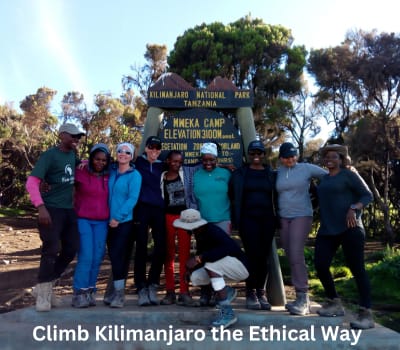
Social Media
Most Popular
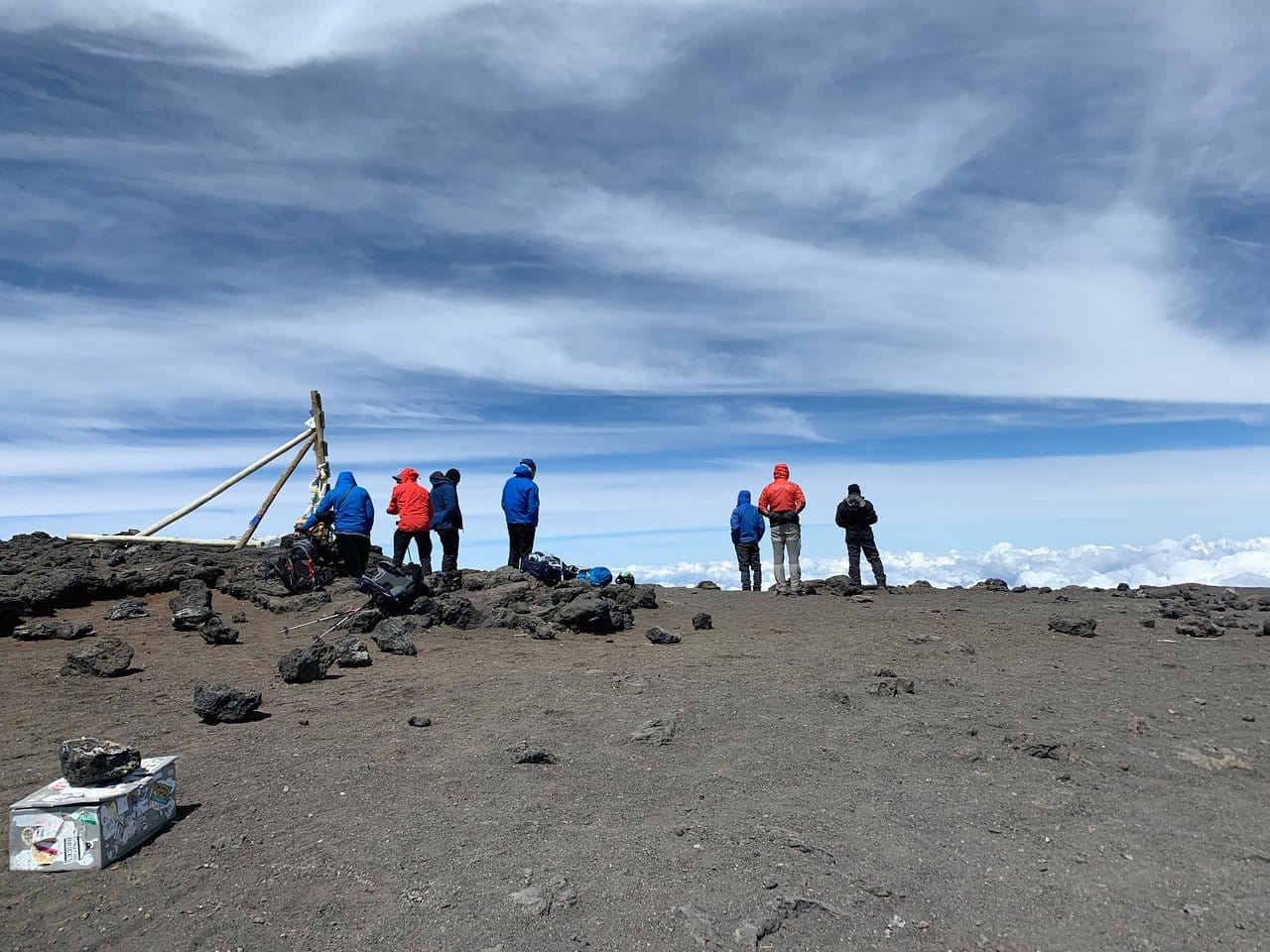
Can I Climb Kilimanjaro Without Guides and Porters
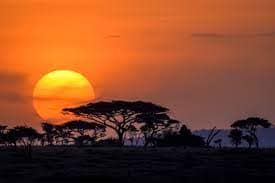
Adventure Things To Do in Tanzania
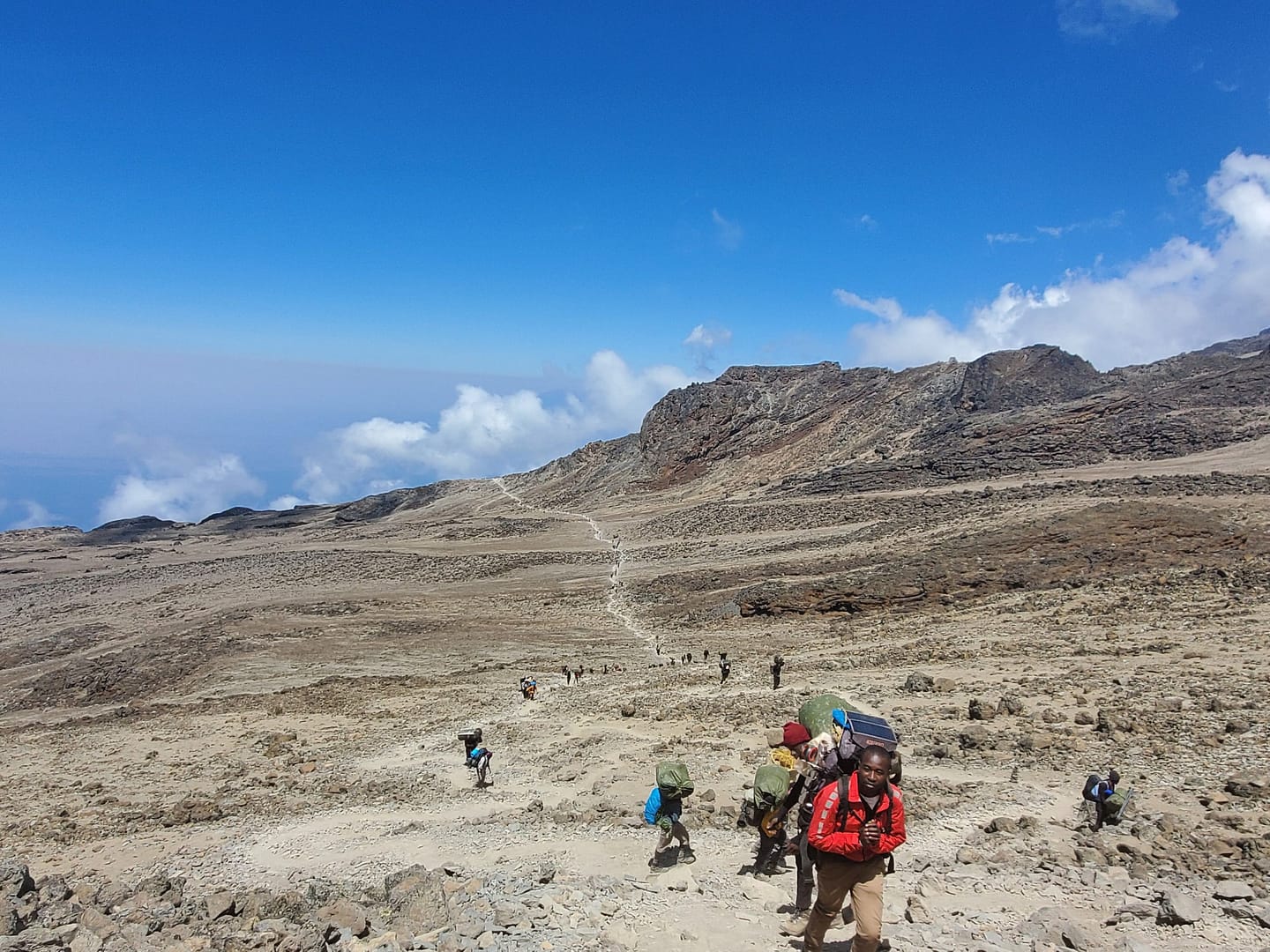
Can I Navigate Kilimanjaro’s Routes Without a Guide
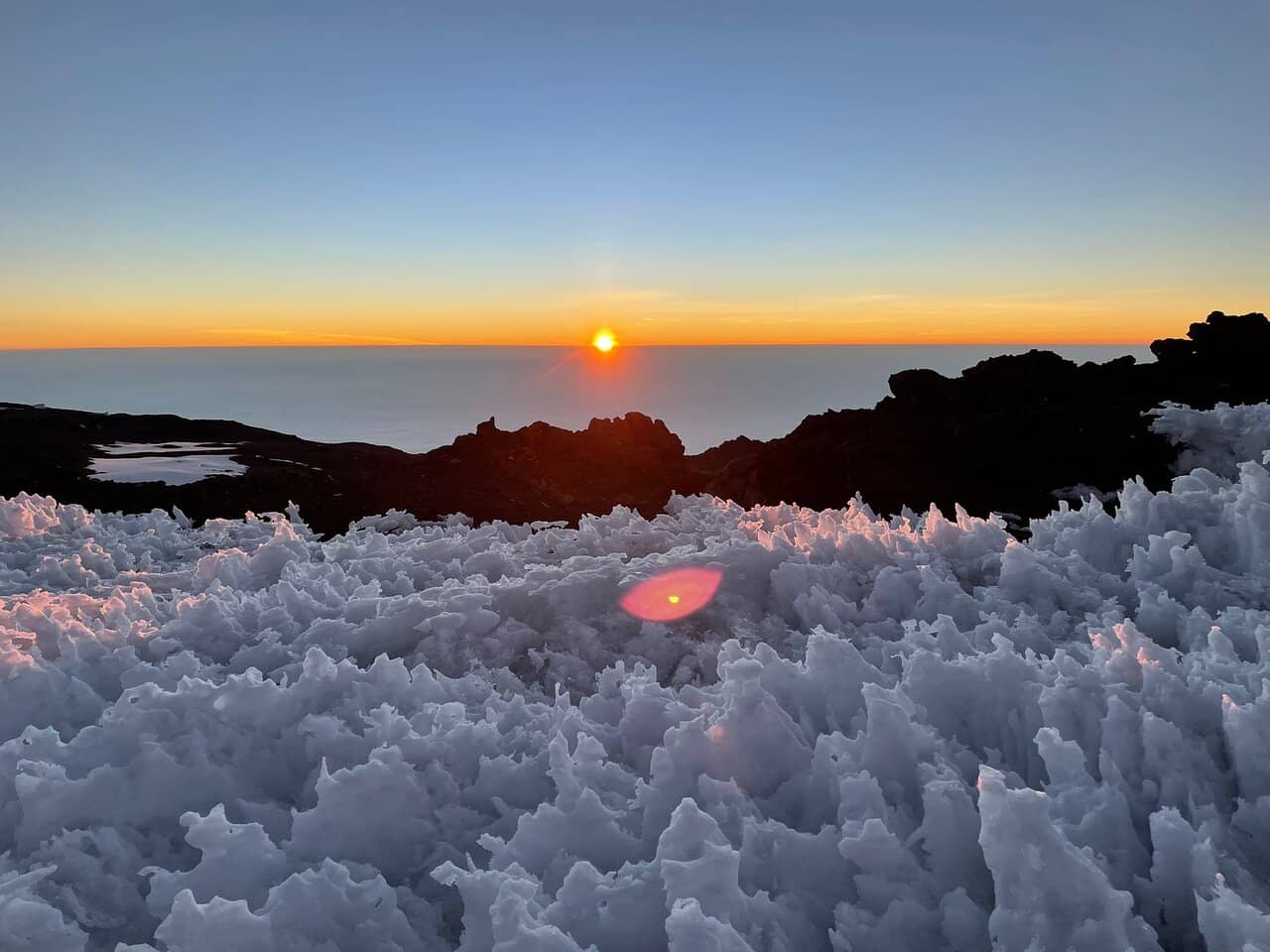
Can I Hire a Guide After Arriving in Tanzania
Book Your Sustainable Tour
Related Posts

Can I Climb Kilimanjaro Without Guides and Porters
Can I Climb Kilimanjaro Without Guides and Porters? Can I Climb Kilimanjaro Without Guides and Porters? Kilimanjaro, Africa’s highest peak, stands as a symbol of

Adventure Things To Do in Tanzania
Adventure Things To Do in Tanzania For those who crave adventure and seek heart-pounding thrills, Tanzania offers an exhilarating array of activities that will satisfy

Can I Navigate Kilimanjaro’s Routes Without a Guide
Can I Navigate Kilimanjaro’s Routes Without a Guide? Climbing Mount Kilimanjaro is an exciting and challenging adventure that attracts adventurers from around the world. One

Can I Hire a Guide After Arriving in Tanzania
Can I Hire a Guide After Arriving in Tanzania? If you’re planning a trip to Tanzania and considering hiring a guide for your adventures, you